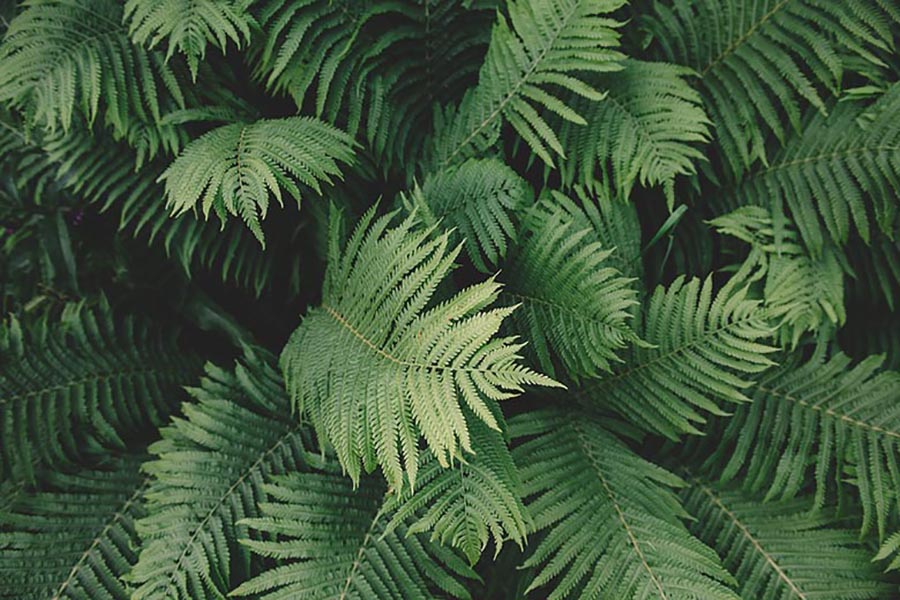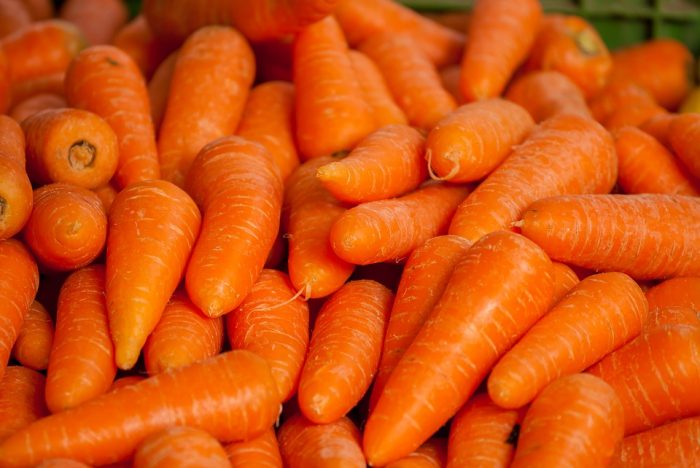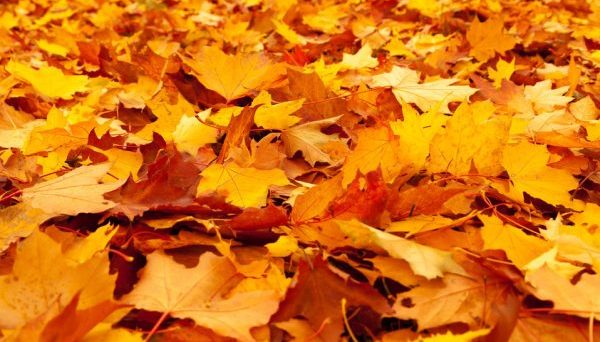Ferns are one of the oldest plant species on Earth. They arose as a result of evolution millions of years ago and have changed only slightly since then. They are still important in the culture of some countries.
- Ferns are one of the oldest plant species on Earth, they grew on our planet even before the emergence of the first dinosaurs. Moreover, since then they have not even decreased too much in terms of species diversity.
- Today there are about 10620 species of Polypodiopsida, а fern-like plants. All of them look similar to each other, even if they differ significantly in size, so they are commonly called ferns. Although they are all divided into almost 587 genera and 48 families.
- Millions of years ago, there were huge tree-like ferns Psaronius on Earth. They grew up to 10 meters in length, and the diameter of their trunk could easily reach 1 meter.
- Ferns do not have flowers, as they reproduce by spores. But in fact, they don’t have leaves either! What looks like leaves is a set of branches fused in one plane, those organs are called fronds.
- Some ferns lead a parasitic lifestyle. Such species of them grow not on the soil, but on trees, and they strangle them like lianas.
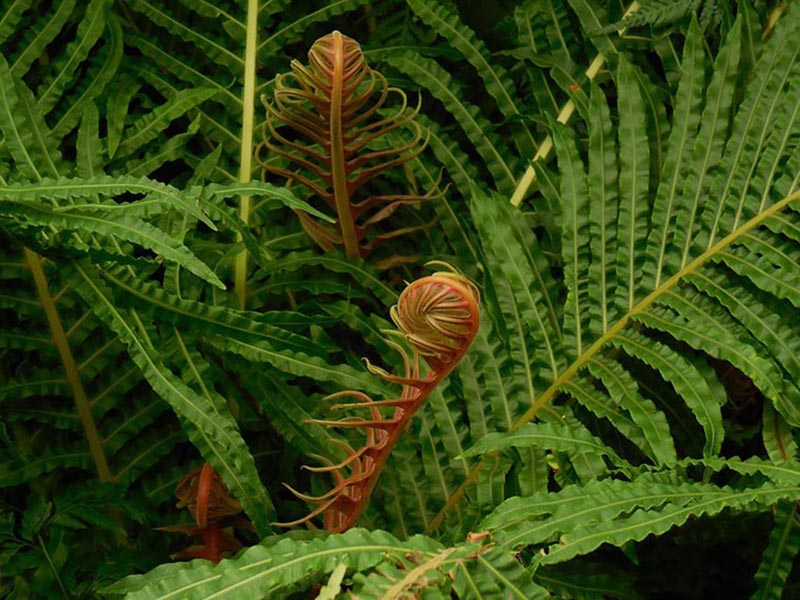
- There are giant ferns called Dixonia Antarctica in Australia and on the island of Tasmania, although these plants are not related to Antarctica. They can grow up to 15 meters and have a trunk up to 2 meters in diameter.
- Some fern species are edible. They are found in some Chinese, Japanese, and Korean dishes. They are also useful in helping to remove radiation from the body.
- The trunks of some tree ferns are so strong and hard that they look more like wood, rather than soft pulp. They are used as a building materials in some countries of Asia and Oceania.
- There are dishes made from ferns in the traditional cuisine of the indigenous people of Hawaii. The plants growing there are cut off and their soft core is crushed into flour, from which they then make pastries.
- Australia is the only continent on which there are real forests, consisting of huge tree-like ferns instead of trees. Those forests look as if the age of dinosaurs has never gone.
- Ferns are found on all continents except Antarctica, although they grew there as well millions of years ago when the climate of Antarctica was much warmer than nowadays.
- The first ferns arose on Earth about 400 million years ago, about the same time as insects did. For comparison, the first dinosaurs arose about 230 million years ago, and the first mammals arose about 200 million years ago.
- Some species of ferns release toxic substances into the air that act as herbicides. In this way, the ferns destroy the plants closest to them and clear the living space for themselves.
- Ferns are also used as indoor plants. The species belonging to the genera Nephrolepidaceae and Asplenium are also quite highly valued because they look cool.
- Fern flowers are endowed with magical properties in the mythology of many Slavic peoples. However, these plants never bloom.
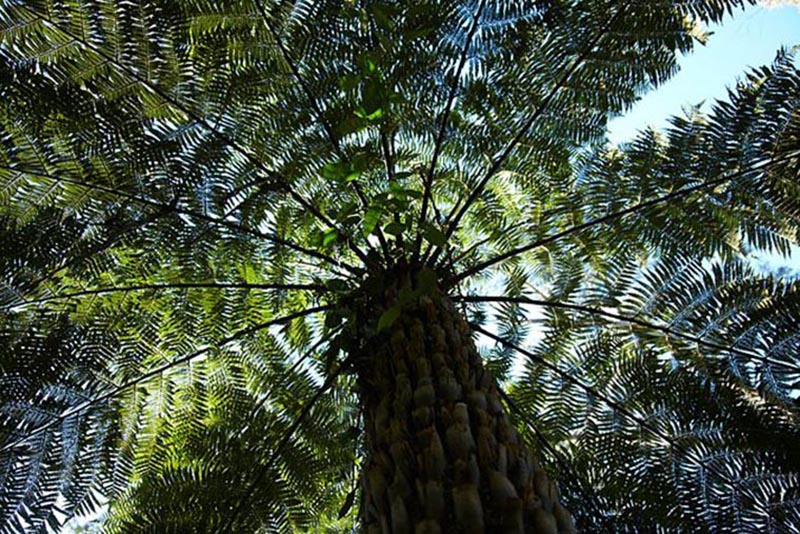
- The wind helps the ferns to spawn. Sometimes it spreads its spores to a distance of hundreds of kilometers from the mother plant, and, once on suitable soil, they germinate.
- Huge tree ferns grow very slowly, on average at a rate of 1-2 inches (3-5 cm) per year. But they live for a long time, and some specimens with a height of 10 meters, most likely, have been living for two or three centuries.
- One of the most common fern genera in the world is bracken, also known as Pteridium aquilinum. It is toxic, which sometimes leads to problems if it is eaten by farm animals, pickled young shoots of this plant are eaten in some Asian countries.
- Ferns can adapt well to various conditions. For example, the species of Platycerium bifurcatum, originating from Australia, accidentally got into the wild in the south of the USA, in Florida, and took root well there.
- The smallest fern in the world grows in water. It is called Azolla Cristata and usually grows from 1/5 to 2/3 inches (0.5 to 1.5) cm. In Asia, it is specially grown and used as an effective fertilizer for rice fields.
